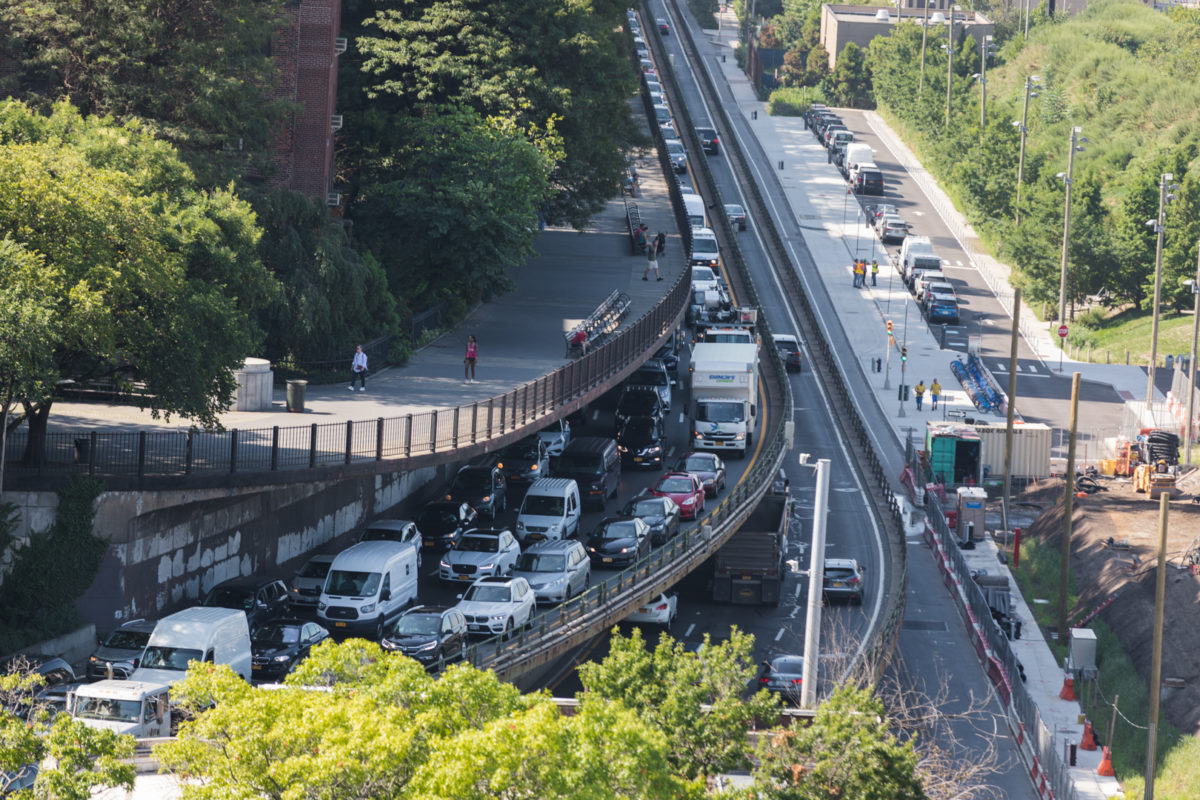The BQE. Photo: Paul Frangipane/Brooklyn Eagle
Arizona officials refer to a notoriously congested stretch of desert highway through tribal land as the Wild Horse Pass Corridor, a label that’s less about horses than the bustling casino by the same name located just north of where the interstate constricts to four lanes.
With the Gila River Indian Community’s backing, the state allocated or raised about $600 million of a nearly $1 billion plan that would widen the most bottleneck-inducing, 26-mile section of I-10 on the route between Phoenix and Tucson.
But its bid for federal grant money under the new infrastructure law to finish the job fell short, leaving some advocates for road construction accusing the Biden administration of devaluing those projects to focus on repairs and mass transit.
“Upset would be the right terminology,” Casa Grande Mayor Craig McFarland said of his reaction when he learned the project won’t receive one of the law’s first Mega Grants the U.S. Department of Transportation will announce this week. “We thought we had done a good job putting the proposal together. We thought we had checked all the boxes.”
The historic federal investment in infrastructure has reenergized dormant transportation projects, but the debate over how to prioritize them has only intensified in the 14 months since President Joe Biden signed the measure.
The law follows decades of neglect in maintaining the nation’s roads, bridges, water systems and airports. Research by Yale University economist Ray Fair estimates a sharp decline in U.S. infrastructure investment has caused a $5.2 trillion shortfall. The entire law totals $1 trillion, and it seeks to not only remedy that dangerous backlog of projects but also build out broadband internet nationwide and protect against damage caused by climate change.
Some of the money, however, has gone to new highway construction — much of it from the nearly 30% increases Arizona and most other states are…
Read the full article here

Leave a Reply